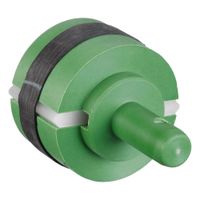Whether you can replace pump parts yourself or should hire a professional depends on several factors:
1. **Complexity of the Pump**: Simple pumps, like those used in small household applications, may have parts that are easy to replace with basic tools and instructions. More complex pumps, such as those used in industrial settings, often require specialized knowledge and tools.
2. **Your Skill Level**: If you have experience with mechanical repairs and understand the workings of the pump, you might be able to handle the replacement yourself. However, if you lack experience, it might be safer to hire a professional to avoid causing further damage.
3. **Availability of Parts and Tools**: Ensure you have access to the correct replacement parts and the necessary tools. Some parts may be proprietary or require specific tools for installation.
4. **Warranty Considerations**: Check if the pump is still under warranty. DIY repairs might void the warranty, whereas professional repairs might be covered.
5. **Safety Concerns**: Pumps, especially those dealing with high pressure or hazardous materials, can pose safety risks. If there are significant safety concerns, it is advisable to hire a professional.
6. **Cost and Time**: Consider the cost of hiring a professional versus doing it yourself. Also, factor in the time it will take you to complete the repair compared to a professional.
7. **Regulatory Requirements**: In some cases, local regulations may require that certain types of pump repairs be performed by licensed professionals.
In summary, if the pump is simple, you have the necessary skills and tools, and there are no warranty or safety concerns, you might replace the parts yourself. Otherwise, hiring a professional is the safer and more reliable option.
